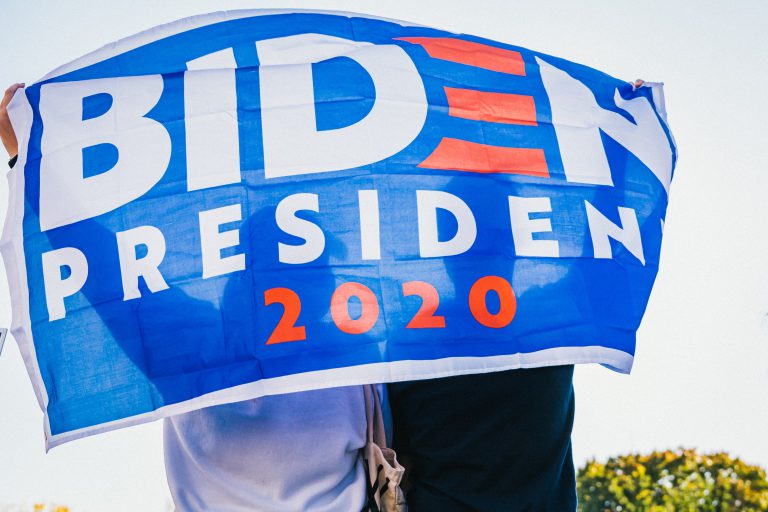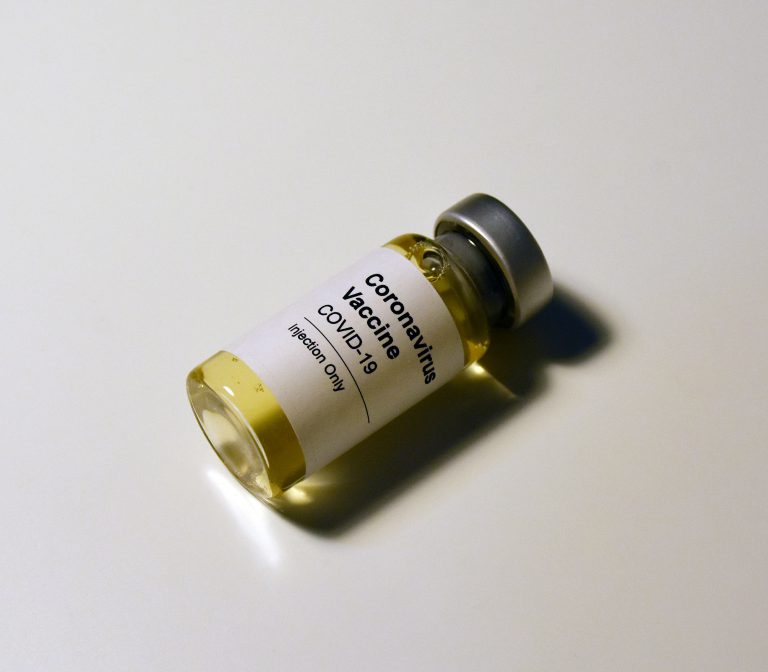As one of the deadliest transmissible infections ever recorded, Ebola Virus Disease (EVD) had claimed the lives of many people when it was rampant. Ebola virus is rare, caused by a member of the Filoviridae family and characterized by internal bleeding, fever, diarrhea, and vomiting. Researchers have been baffled on how this certain strain of the virus could cause such a high fatality rate, the largest outbreak being in Western Africa from 2013 until 2016. It became a worldwide threat and impacted global public health, safety, and economy.
The Spread of Ebola Virus
There are five species in the genus Ebolavirus of the Filoviridae family—Zaire ebolavirus, Tai Forest ebolavirus, Bundibugyo ebolavirus, Sudan ebolavirus, and Reston ebolavirus. It was the Zaire ebolavirus (EBOV) that caused a worldwide human outbreak. Scientists have conferred that EBOV likely persists from a still unidentified animal reservoir, mainly fruit bats, that keeps the virus in the enzootic cycle.
Human infection is mostly due to contact with body fluids or blood from infected animals or humans. Symptoms begin with muscle ache, fever, and fatigue and gradually evolve leading to severe conditions involving infrequent hemorrhaging, diarrhea, vomiting, and mental illness, leading to comatose and death.
Until its outbreak in 2013 until 2016 in Western Africa and the danger it could pose to the entire world, EVD was considered as an ignored disease. Studies were mostly limited to a few facilities equipped with biosafety level-4 (BSL-4) laboratories and mainly focused on the biological aspects of the infection or its preparedness due to the virus being a potential asset for a bioweapon.
The global outbreak leads to more financial support and a strong stimulus to support research on the molecular dissection of EBOV life cycle. The main goal was to develop effective and efficient preventive and therapeutic methods and approaches to combat the viral infection.
Ebola Virus and Its Interaction with the Human Lipids
A study by Robert Stahelin, a professor of medicinal chemistry and molecular pharmacology at Purdue University and Retter professor of pharmacy, details how the Ebola virus interacts with a human lipid and that FDA approved drugs that modify lipids block Ebola infection in human cells.
Taking a focus on Ebola’s VP40 protein, Stahelin worked on the combination of the Ebola virus’ seven genes and studied how the virus could take human lipids and use it as its protective coating. It was found out that part of the VP40 protein, developed inside the host cells during infection, is vital for binding phosphatidylserine (PS) — a human lipid. Disturbing that part of VP40 minimized interactions with PS and reduced its capacity to develop the viral coating.
Through a series of tests that involved targeting human PS to combat EVD infection, Stahelin discovered that two FDA-approved drugs could alter cellular lipid distribution—one for schizophrenia treatment and the other for blood pressure. These drugs that were tested with live Ebola virus in high-biosafety lab environments show that these FDA-approved drugs are effective at blocking virus replication and spread in the cell culture model for the actual virus.
Wrapping Up
Ebola virus is still seen as a threat today, despite the approval of an effective Ebola vaccine in December 2019, and drugs are still being continuously developed to treat EVD.
If you want to learn more about the Ebola virus, visit Dose of Healthcare today!
















